
I am reminded that life is unpredictable and impermanent, and like change in a humble garden, our hearts and souls benefit from growth, restoration, tending, and nourishment. I have finally found my fertile niche, and hope this tale helps you in some way, as it has helped me in the telling.
Just as my parents retired to California from New Jersey in 1976, my marriage of six years fell apart. I was twenty-six, had a six-year old daughter, and felt devastated.
Fast forward to 1983 when I married my life partner, Phil. We moved to the Philadelphia area, and I returned to college for horticulture. Always a gardener, my new knowledge of perennial garden design prompted me to start a small business, restoring and designing estate gardens. The physical freedom and challenges suited me, and I was happier than ever.
On a rural acre with Victorian farmhouse, we embraced the challenges of home restoration. We tended flower and vegetable gardens, grew plants in the greenhouse. We embraced animal husbandry with a small herd of dwarf goats and a flock of fancy chickens.

From a young age, I wrote poetry, letters, and little stories. I was now writing creative proposals, and a garden newsletter.
My desire to know my origins peaked when I was 40, and I resolved to find my birth mother, against the odds. Yes, I am adopted.
Unless you’re adopted, you may not know much about adoption laws and regulations. Each state has different rules, and in South Carolina, adult adoptees still have no right to our Original Birth Certificates. My adoptive parents had saved my South Carolina “Certificate of Adoption and Birth,” all my adoption papers, and related correspondence, and I began my research.
Each day I made phone calls and typed letters to get the process started. Weeks would go by waiting for responses, often with no new information, and time often felt wasted following false leads. A genealogist located in South Carolina assisted me long distance in my sleuthing, using directories, cemetery registries, and obituaries.
My obsessive search ended when I made the first calls to my mother, maternal half-sister, and cousins, over a year later. No feeling could match this excitement of discovery, reunion, and bonding with the family of my origin. Mama could tell me nothing about my father, and it became clear, that had I stayed with her or her parents, I would have suffered neglect, as my sister had.
Still, I’m grateful for our one year together before her death, and I continue to stay connected with my maternal half-sisters.

As everyone’s story must, life goes on and is full of both joys and sorrows.
I suffered a massive hemorrhagic stroke at fifty-eight. Right-sided hemiplegia, speech and cognitive deficits, meant several months of difficult therapy before I could walk or care for myself. My husband took a leave of absence to be with me. I owe my remarkable recovery to his assistance alongside the excellent work and attention afforded me in two stroke and rehab hospitals.
I am, indeed, a survivor.
My cognitive function improved in about six months, and I made the choice to take a variety of on-line writing courses, and continue to do so eight years later. Although I have little use of my affected right hand, I write and read on laptop and other devices. In 2016, I self-published “Stroke Story: My Journey There and Back.” My stories appear in literary magazines and anthologies.
Writing has been key to my recovery. It keeps my brain active and creative, gives me hope, and helps me fight depression.
Determined to learn my paternity, I pursued my interest in genealogy. My maternal half-sisters and I tested our DNA for ancestral matches. This allowed me to eliminate maternal matches and begin identifying paternal DNA matches. A joyful connection with my deceased father’s family: – three half-sisters, a half-brother, and a multitude of cousins—has been my reward for a long arduous process. We reunited this spring in South Carolina.
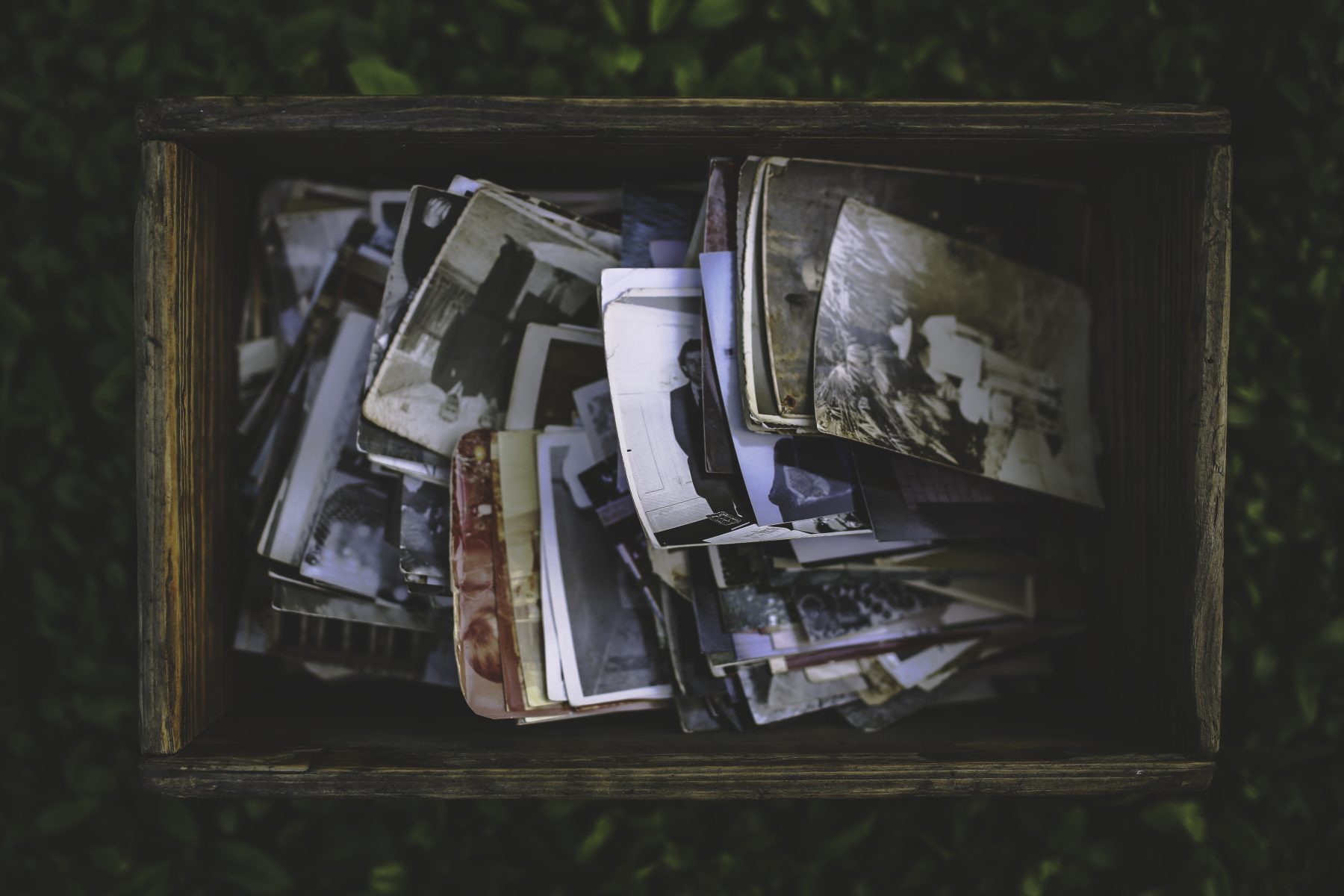
Stacks of photos from the loving people who raised me, tell the story of my life. Photos and stories of my natural family complete me. Through long-sought family resemblance, mannerisms and expressions, I see myself more clearly.
Phil and I retired to Gulf Coast Florida last year. Our new home offers us a second chance at a peaceful life. My on-going recovery is complemented by refresher rounds of physical therapy, our home exercise pool, my writing, warm climate, and warmer friends. It’s likely I’ll never tend an in-earth garden again, but pot culture of Orchids, Succulents and Bromeliads gives me great pleasure.
With my days shaped by the natural beauty of our location, my aim is to recover the health of my mind and body. The self-sustaining richness of family has come full circle with life and kin restored to me.
About the Author: Mary Ellen Gambutti
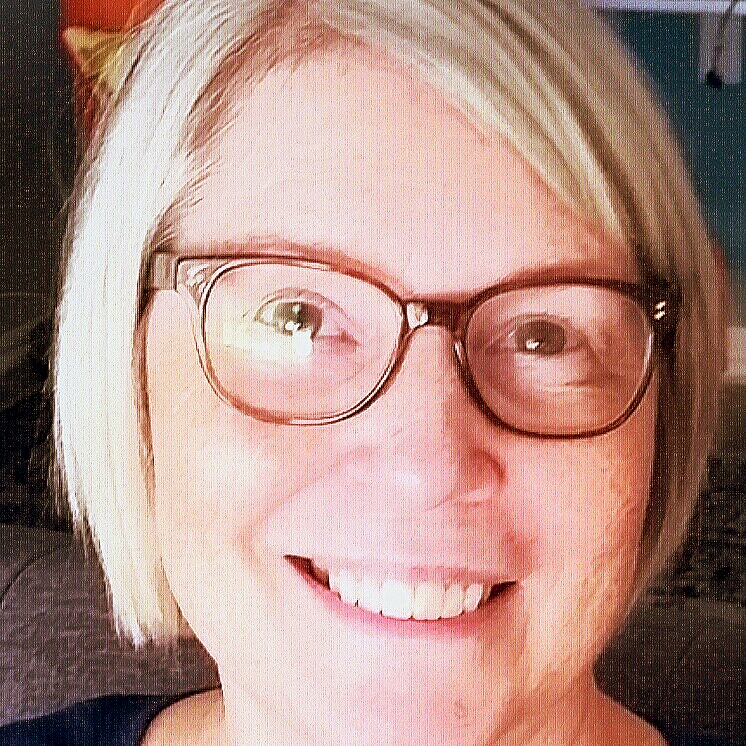 Mary Ellen writes about her life as an Air Force daughter, her reunion with birth family, gardening career, and survival of brain hemorrhage at mid-life. Her work has appeared or is forthcoming in Gravel Magazine, Wildflower Muse, The Remembered Arts Journal, The Vignette Review and Halcyon Days. She resides in Sarasota, FL with Phil, her husband, and their rescued Schnoodle, Finnegan.
Mary Ellen writes about her life as an Air Force daughter, her reunion with birth family, gardening career, and survival of brain hemorrhage at mid-life. Her work has appeared or is forthcoming in Gravel Magazine, Wildflower Muse, The Remembered Arts Journal, The Vignette Review and Halcyon Days. She resides in Sarasota, FL with Phil, her husband, and their rescued Schnoodle, Finnegan.


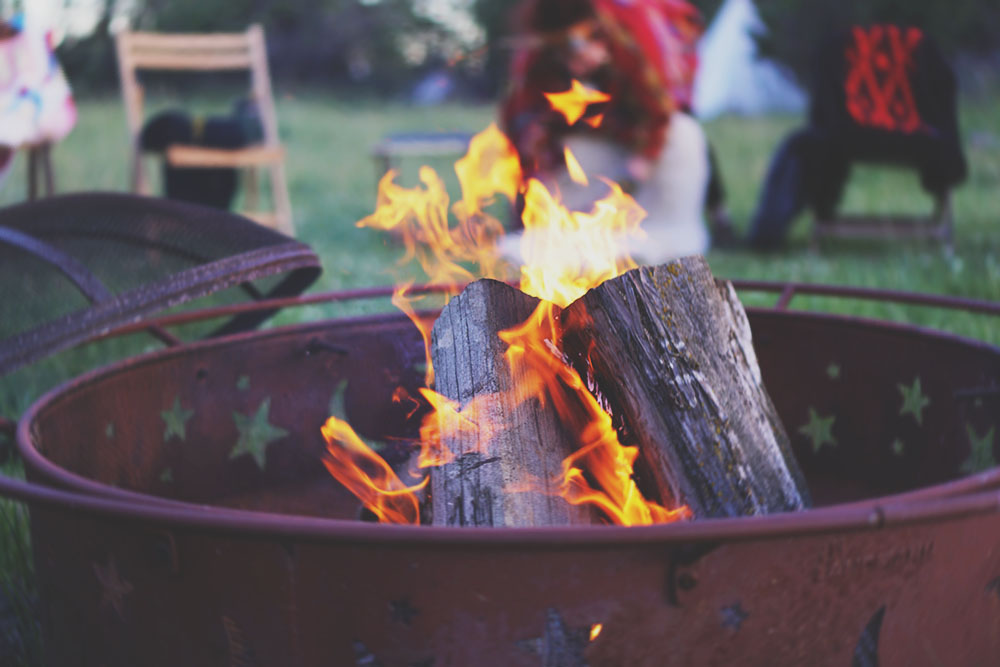
 Bella Cirovic is a photographer and writer who lives with her husband and daughter in the suburbs outside of NYC. She writes on the subjects of self care, body love and nourishment, crystals, essential oils, and family life. Catch up with Bella at her blog:
Bella Cirovic is a photographer and writer who lives with her husband and daughter in the suburbs outside of NYC. She writes on the subjects of self care, body love and nourishment, crystals, essential oils, and family life. Catch up with Bella at her blog: 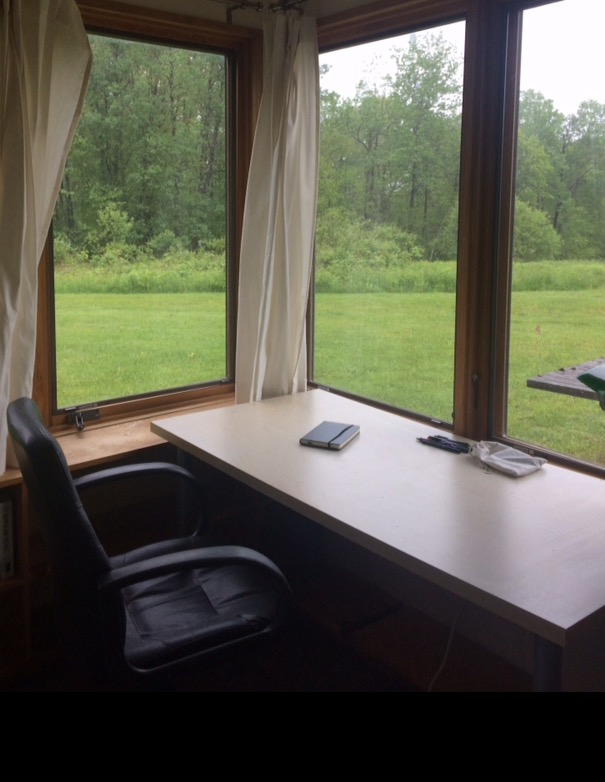
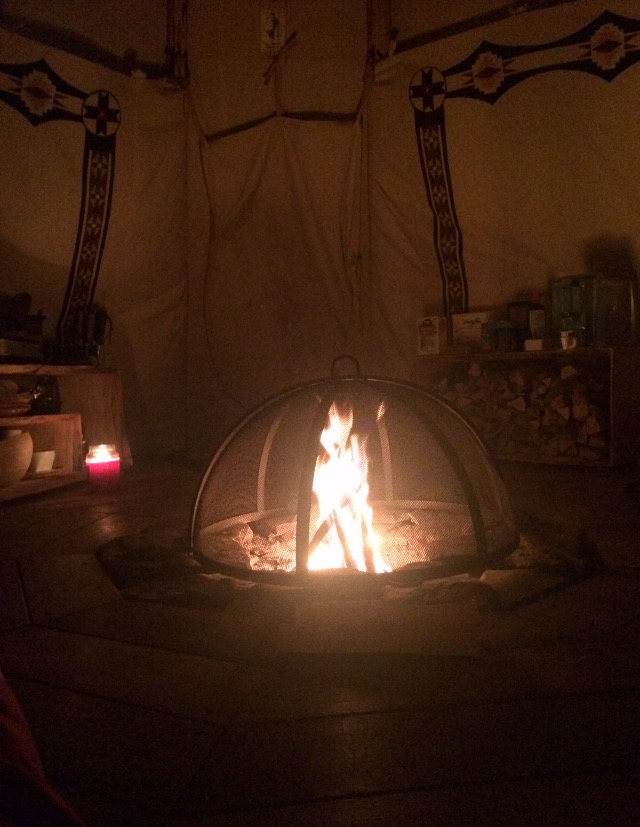
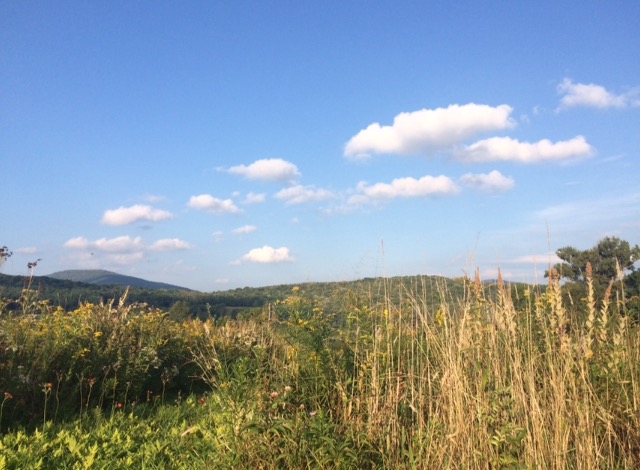

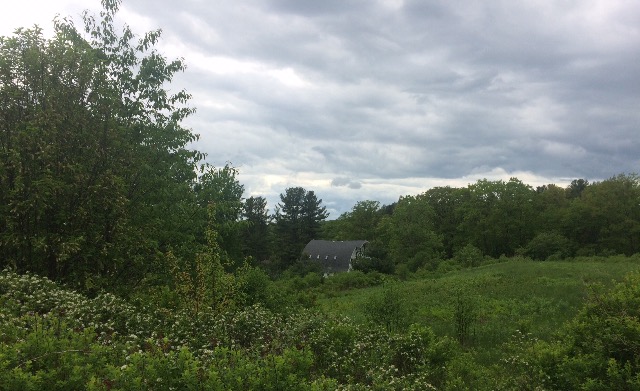
 Restless. Sleepless. Book-lover. Wordsmith. Deep roots. Prodigal heart. Teacher. Guide. Wanderer. Witch. Tea, tarot, hot baths, stitchcraft. Curator of narrative relics, remnants, & curiosities.
Restless. Sleepless. Book-lover. Wordsmith. Deep roots. Prodigal heart. Teacher. Guide. Wanderer. Witch. Tea, tarot, hot baths, stitchcraft. Curator of narrative relics, remnants, & curiosities.

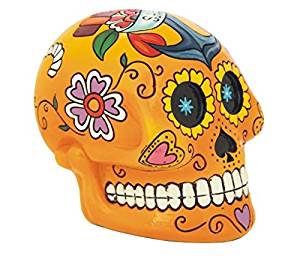 dropping these found pennies into it. Finding change continued to happen to me.
dropping these found pennies into it. Finding change continued to happen to me.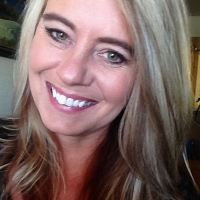 Lisa Zaran is the author of eight collections of poetry including Dear Bob Dylan, If It We, The Blondes Lay Content and the sometimes girl. She is the founder and editor of
Lisa Zaran is the author of eight collections of poetry including Dear Bob Dylan, If It We, The Blondes Lay Content and the sometimes girl. She is the founder and editor of 

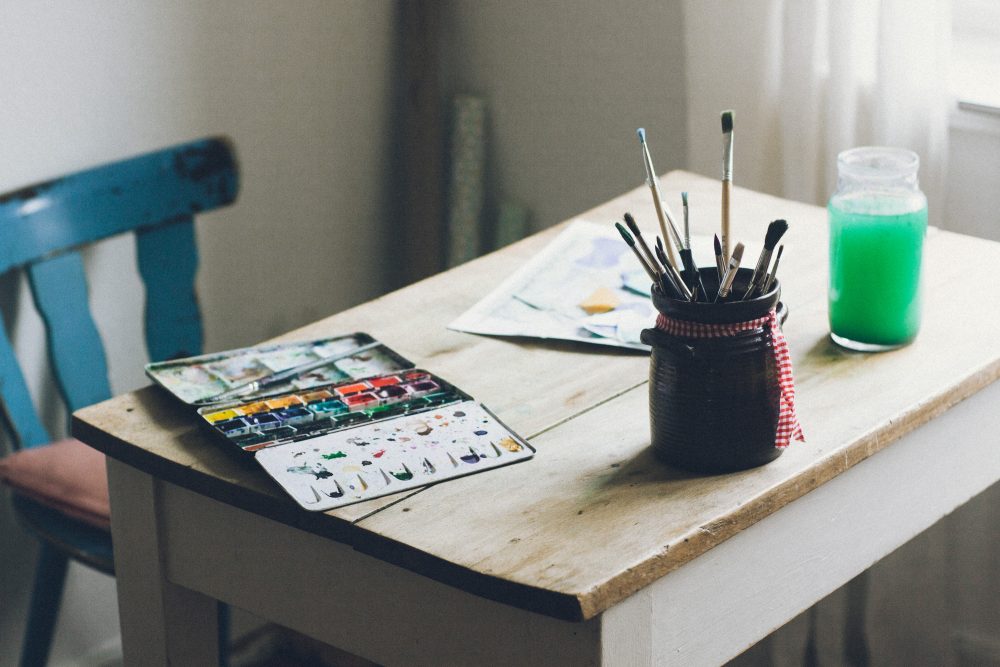
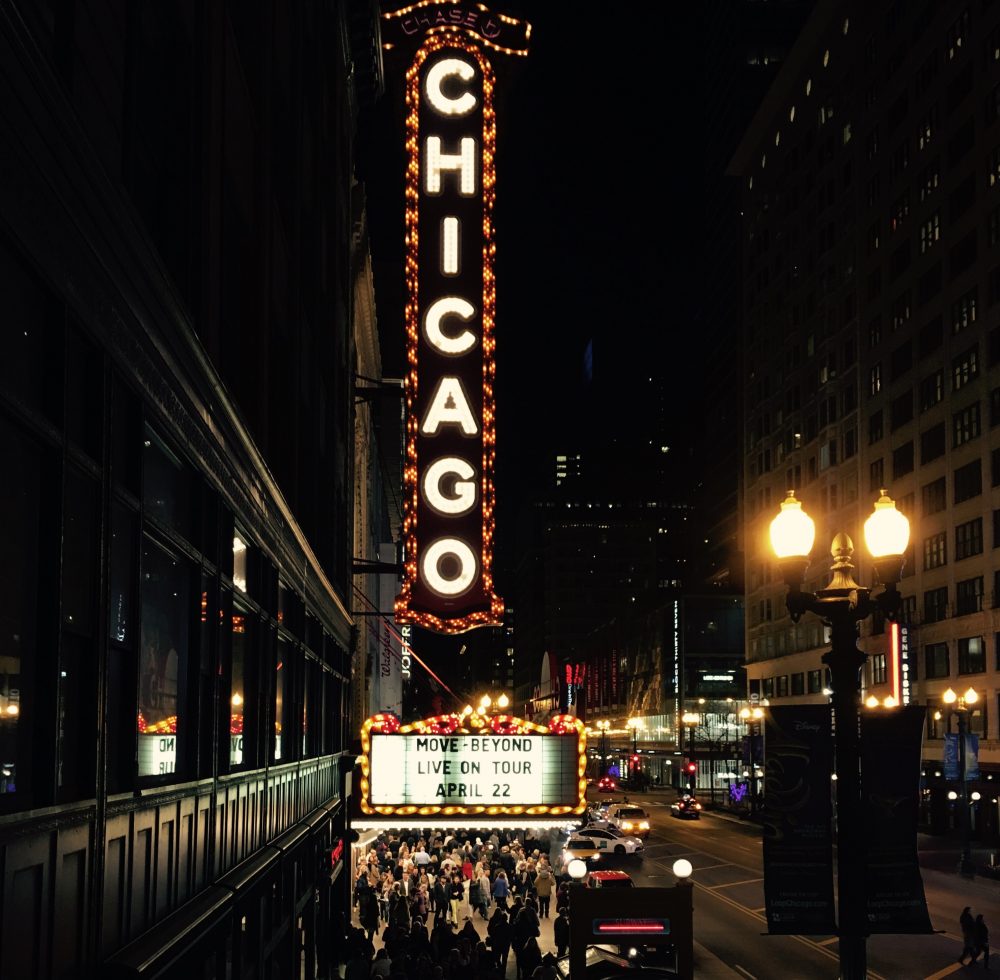

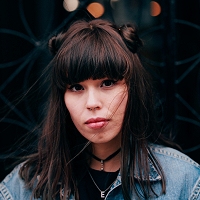


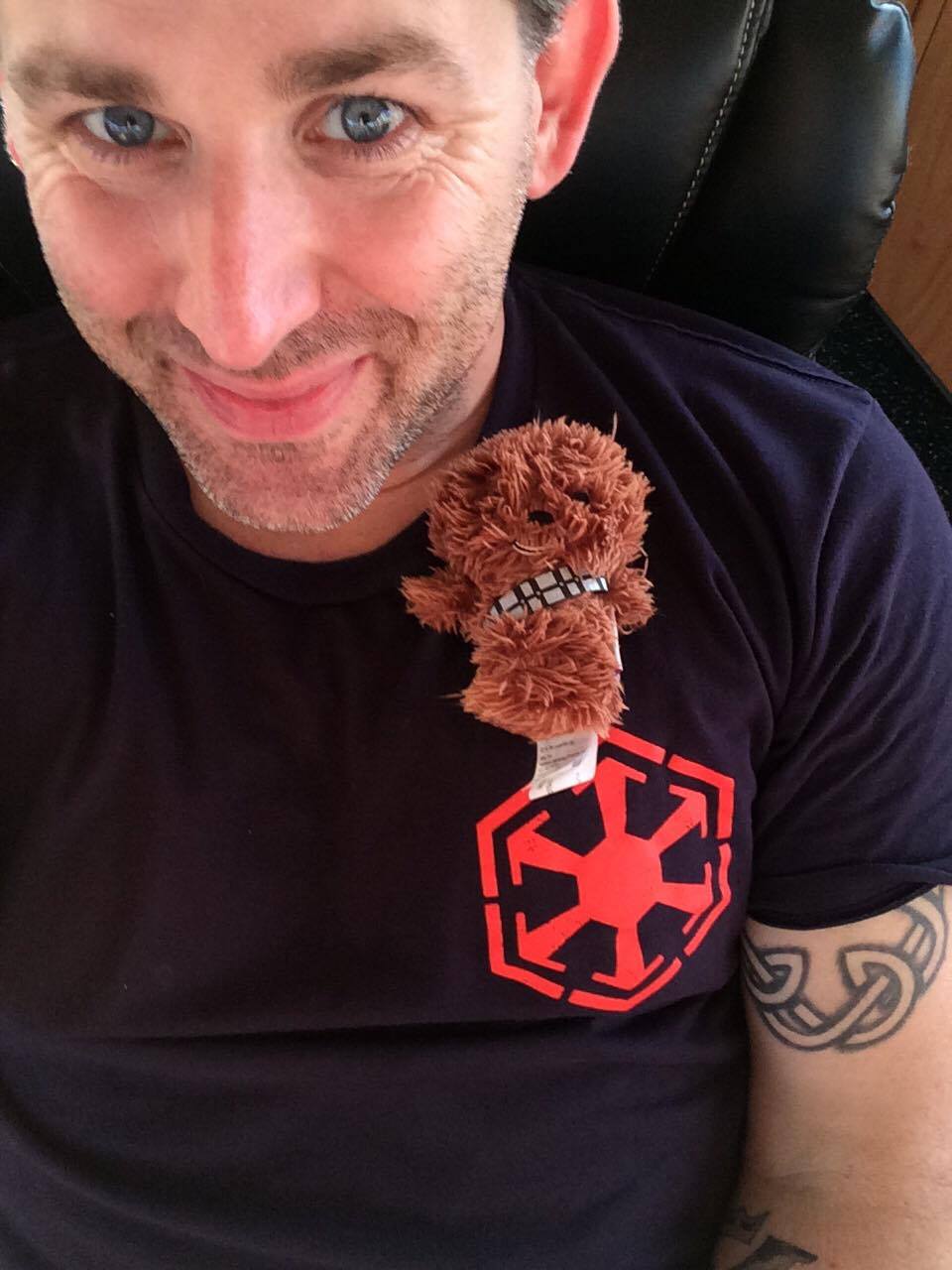

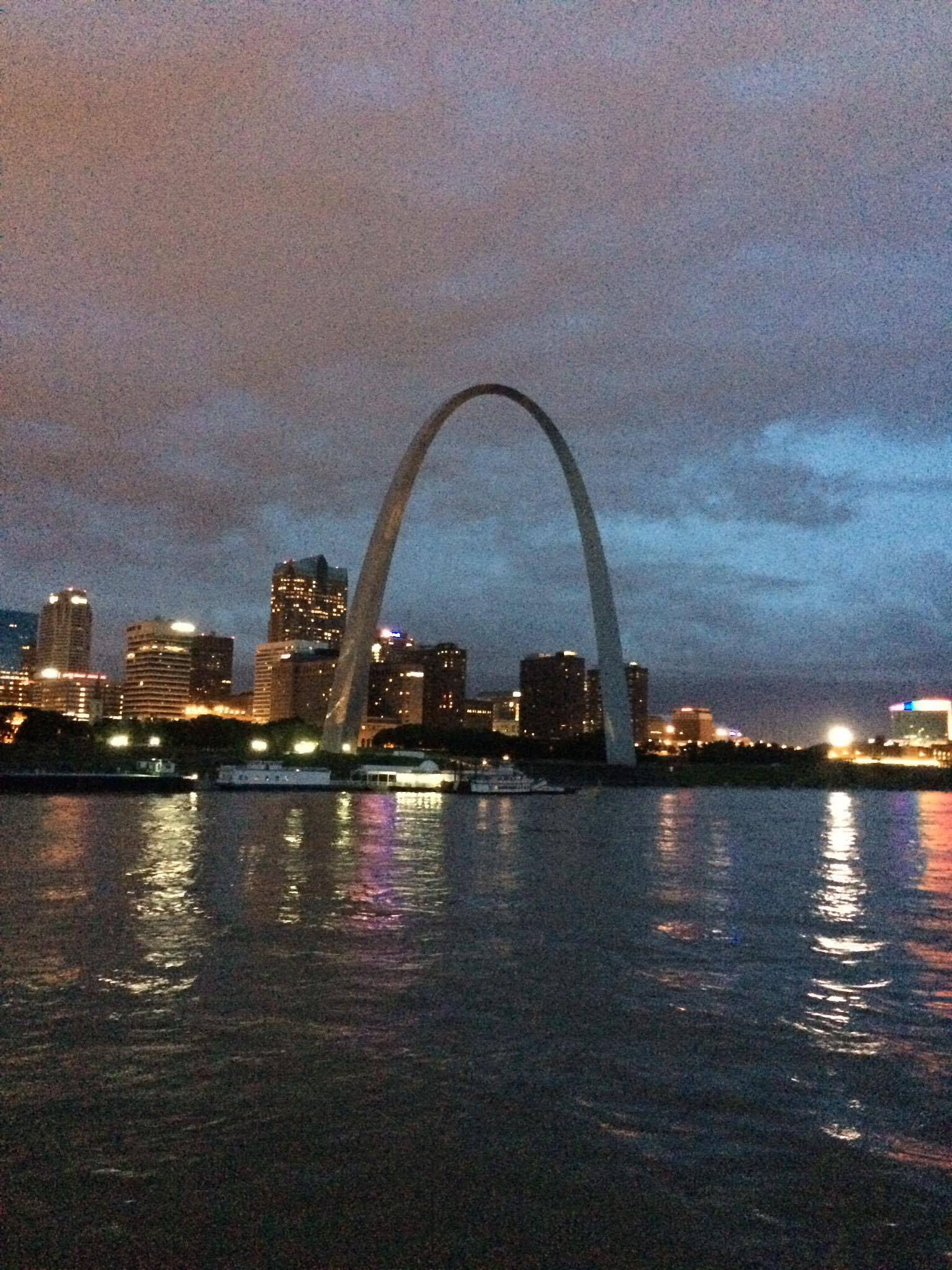 ckhand 35ft away never heard me but the mate did, and he was 400ft away. As he ran past the the deckhand he said “Dave fell in, grab a line now,” but what the deckhand heard was “take a break.”
ckhand 35ft away never heard me but the mate did, and he was 400ft away. As he ran past the the deckhand he said “Dave fell in, grab a line now,” but what the deckhand heard was “take a break.” 
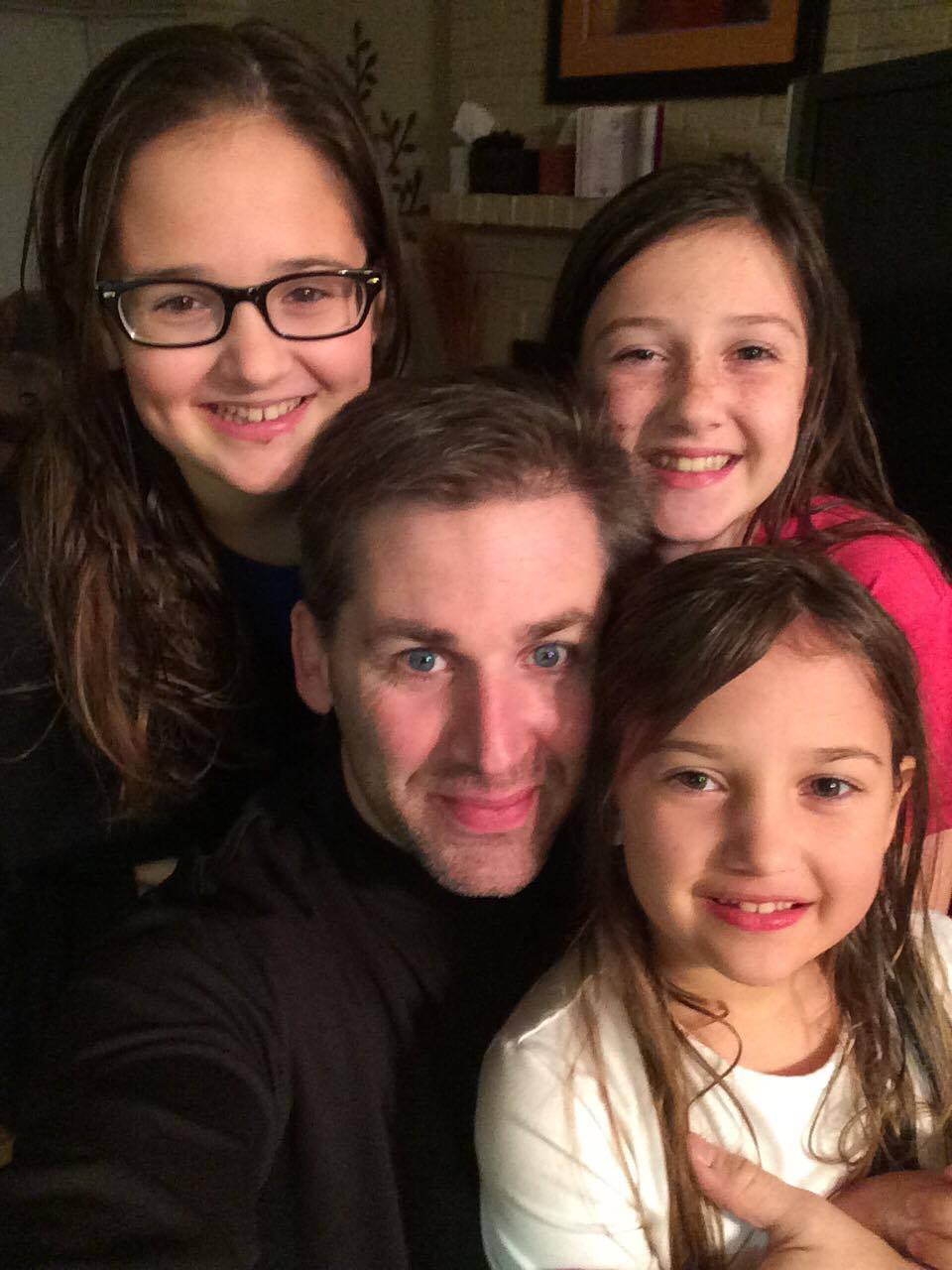

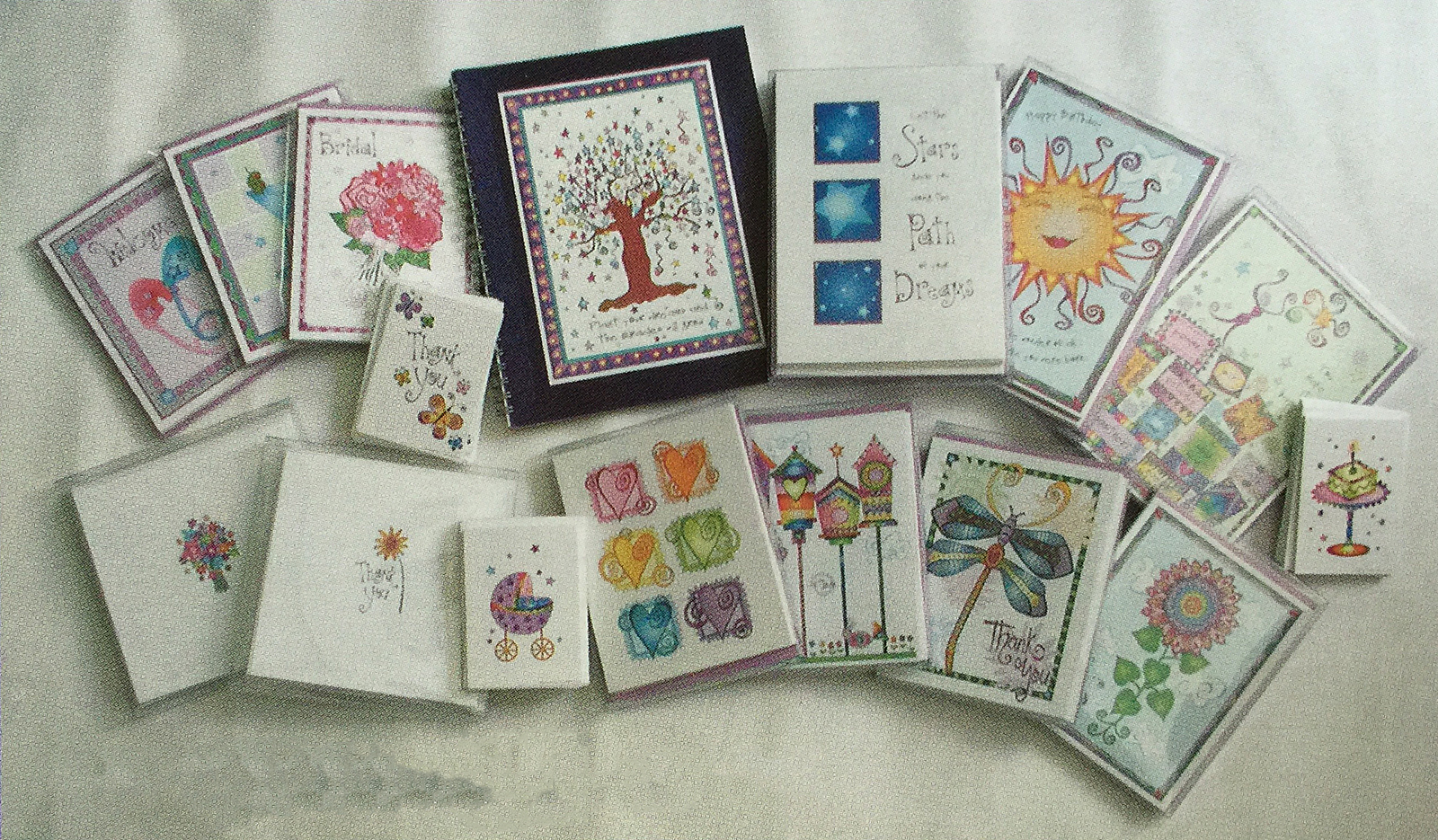
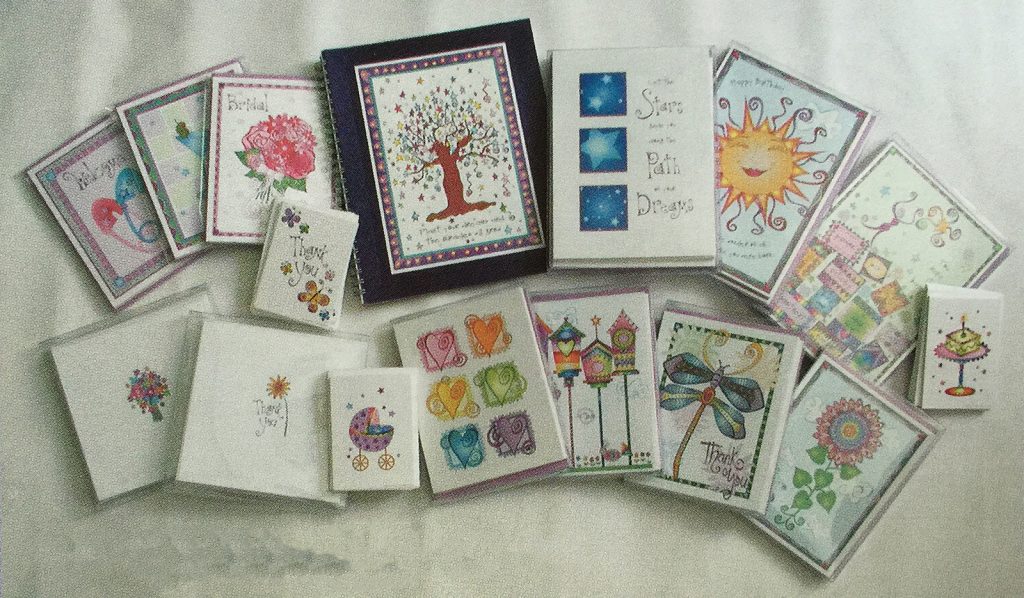
 Christine Mason Miller is an author and artist who has been inspiring others to create a meaningful life since 1995. Signed copies of her memoir, Moving Water, are now available at
Christine Mason Miller is an author and artist who has been inspiring others to create a meaningful life since 1995. Signed copies of her memoir, Moving Water, are now available at 
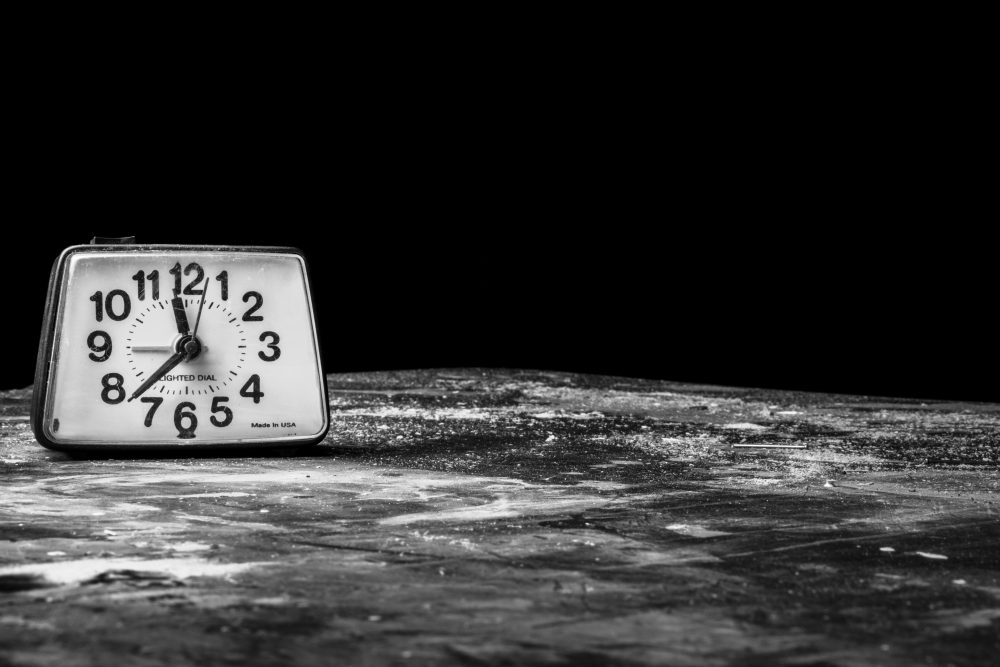
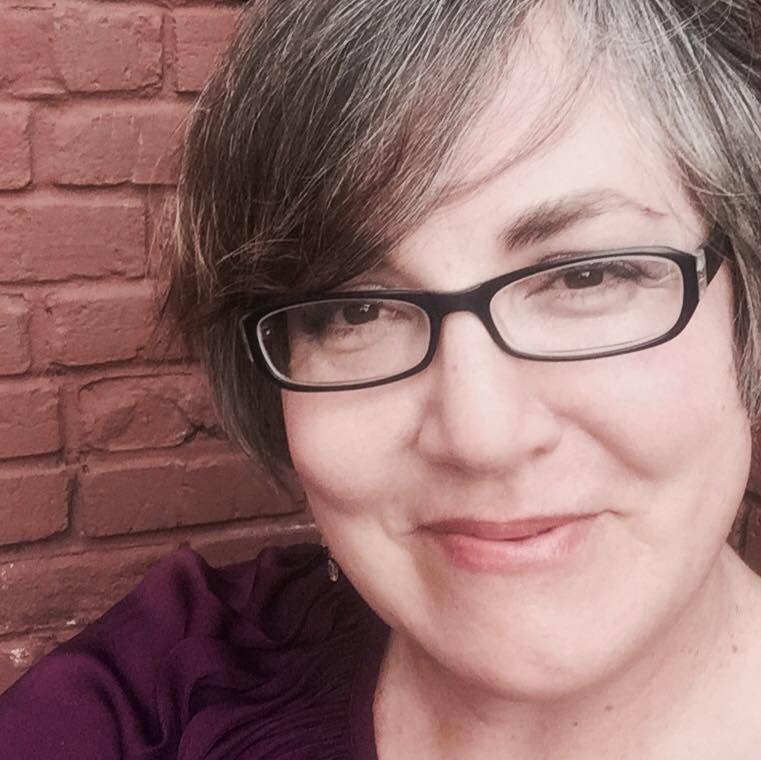 Téa Silvestre Godfrey is passionate about community and loves to cook (and eat) with friends. She’s the author of “
Téa Silvestre Godfrey is passionate about community and loves to cook (and eat) with friends. She’s the author of “
 and hug on them as much as I wanted to. Often times even asking me, “Please stay” or the obvious nightly question, “Mom, can we sleep with you?”
and hug on them as much as I wanted to. Often times even asking me, “Please stay” or the obvious nightly question, “Mom, can we sleep with you?” Kolleen Harrison is a creative living in the beautiful Central Coast of California. She is the Founder of LOVEwild and Founder/Maker of Mahabba Beads. Her passions lie in nurturing her relationship with God, loving on her happily dysfunctional family, flinging paint in her studio, dancing barefoot, making jewelry (that is so much more than “just jewelry”), and spreading love and kindness wherever and whenever she can. You can find her popping in and out at
Kolleen Harrison is a creative living in the beautiful Central Coast of California. She is the Founder of LOVEwild and Founder/Maker of Mahabba Beads. Her passions lie in nurturing her relationship with God, loving on her happily dysfunctional family, flinging paint in her studio, dancing barefoot, making jewelry (that is so much more than “just jewelry”), and spreading love and kindness wherever and whenever she can. You can find her popping in and out at 

 Jeanette McGurk is a Graphic Designer who entered the world of writing through advertising. She discovered writing a lot of truth with a little fluff is a lot more fun than the other way round. Now that she is no longer spending time making air conditioners, tile floors, IT and Botox sound sexy, she writes about the unglamorous yet wonderful moments of life for people like herself; in other words, anyone looking for interesting ways to put off cleaning and doing laundry.
Jeanette McGurk is a Graphic Designer who entered the world of writing through advertising. She discovered writing a lot of truth with a little fluff is a lot more fun than the other way round. Now that she is no longer spending time making air conditioners, tile floors, IT and Botox sound sexy, she writes about the unglamorous yet wonderful moments of life for people like herself; in other words, anyone looking for interesting ways to put off cleaning and doing laundry.